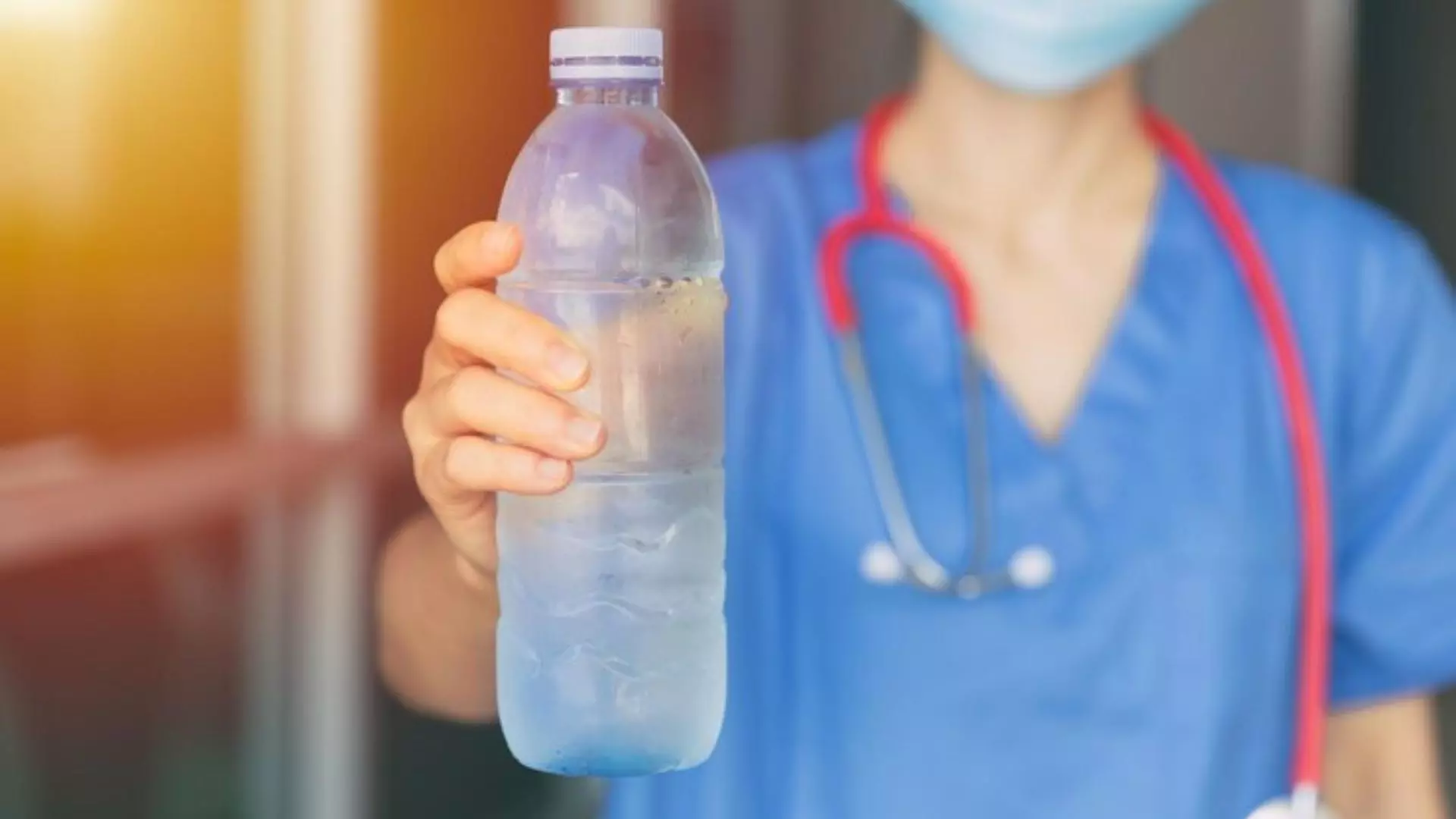Silent Dehydration: A Hidden Health Risk

When we think of dehydration, we often imagine extreme thirst, profuse sweating, and weakness. We also normally associate dehydration with diarrhea, which results in loss of body fluids. Many people are unaware of a health condition called silent dehydration, which can impact anyone. This condition is non-diarrheal and affects millions worldwide, especially in hot and humid climates like India, which exacerbates fluid loss through sweat and evaporation.
Every day, many people are dehydrated to some extent, yet few people are aware of it. In recent years, we have seen unprecedented heat waves in India, with heat conditions worsening in 2024, making more people vulnerable to dehydration without realizing it.
Amidst this, it is important to understand silent dehydration better and how people can address and manage this health condition by staying hydrated with water and electrolytes.
What is Silent Dehydration?
Silent dehydration occurs when the body loses fluids and electrolytes without noticeable signs or symptoms. Unlike dehydration caused by diarrhea, silent dehydration can happen during everyday activities as well as due to non-diarrheal illnesses and other physiological scenarios. Due to the covert nature of the condition, its signs can often go unnoticed until it becomes severe.
Dehydration occurs when the body loses more water and other fluids than it needs to function normally. This can be due to excessive fluid loss, reduced intake, or both. This imbalance can disrupt normal bodily functions because fluids and electrolytes are vital for maintaining various body processes. Electrolytes like sodium and chloride play a key role in maintaining fluid balance, while calcium, potassium, and magnesium play crucial roles in muscle function and nerve signaling. In silent dehydration, the body’s fluid levels decrease gradually and subtly, making it hard to detect the condition early on. This type of dehydration is particularly insidious because it does not present the obvious symptoms we typically associate with fluid loss.
Signs & Symptoms of Silent Dehydration
Identifying silent dehydration can be challenging because the signs are subtle and often overlooked when they occur in isolation. Some common signs and symptoms include fatigue, thirst, dry skin and lips, dark urine or decreased urine output, headaches, muscle cramps, dizziness and constipation.
In children, signs of dehydration might include poor skin elasticity, weight changes, dark-colored urine, a dry tongue, and reduced frequency of urination. If these signs are seen, it is essential to seek medical advice from a healthcare practitioner.
Who is at Risk?
While dehydration impacts everyone, certain groups are more vulnerable to silent dehydration, which may affect recovery from the condition if left unaddressed.
· Young Children: They are unable to effectively communicate their thirst, making it easy for dehydration to go unnoticed. Signs such as changes in crying, urine color and output, and mood alterations are critical indicators to watch for in this age group.
· Elderly Individuals: The elderly often have an impaired thirst mechanism, meaning they might not feel thirsty until they are significantly dehydrated. This can be compounded by medications that increase urine output, leading to greater fluid and electrolyte loss.
· People with pre-existing conditions: Patients with diabetes are particularly prone to dehydration and require careful management due to their increased susceptibility.
· Individuals with physically demanding lifestyles: Those engaging in strenuous physical activities like athletes, individuals with active lifestyles, outdoor jobs with continued exposure to the hot sun may not hydrate adequately amidst increased fluid loss.
· Patients with non-diarrheal conditions: Conditions like fever, respiratory tract infections, and heat illnesses can also present silent dehydration along with energy deficits. This energy deficit is majorly due to increased energy requirements and reduced intake due to loss of appetite.
Steps to Avoid Silent Dehydration: Why Just Water Is Not Enough
- Stay Hydrated: Drink plenty of fluids throughout the day. While water is essential, it does not provide adequate electrolytes and energy to replace the losses. It is important to include fluids that contain electrolytes, such as freshly prepared fruit juices and coconut water.
- Drink Ready-to-Serve Electrolyte Drinks: While homemade preparations are easily accessible, ready- to- serve electrolyte drinks provide a known quantity of fluids, electrolytes, and energy along with good taste and convenience. They can help replenish fluids, electrolytes, and energy and support faster recovery in acute non-diarrheal illnesses or when suffering from silent dehydration.
- Limit Dehydrating Drinks: Reduce the intake of caffeinated energy drinks like tea and coffee, as well as alcohol and aerated beverages, which are not hydrating drinks and further increase fluid loss.
- Choose Foods Wisely: Avoid food items that are difficult to digest and can make you feel lethargic. Fried foods, meats, dried/packaged/processed foods, salty foods, and spicy foods should be avoided. Instead, consume items that are cooling and contain higher water content like yogurt, mint, cucumber, oranges, watermelon, basil seeds, and green leafy vegetables.
Silent dehydration is widespread but often unnoticed and becomes a health issue if not addressed initially and can significantly affect your well-being. Staying hydrated involves more than just drinking water; it requires a balance of fluids and electrolytes. By recognizing the subtle signs of dehydration and understanding how to maintain proper hydration, you can better manage your health and prevent silent dehydration.
Remember, staying hydrated is essential for everyone, but it’s especially important for children, the elderly, and diabetic and pregnant women.
The article was written by Dr. Sumit Bhatia, Senior Consultant Gastroenterologist.

